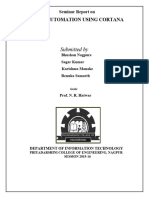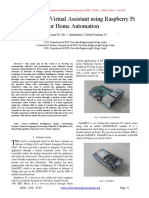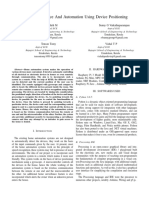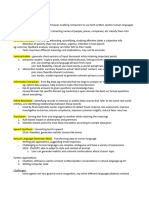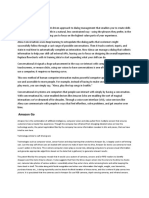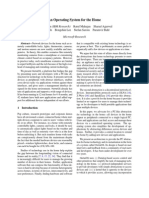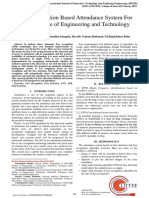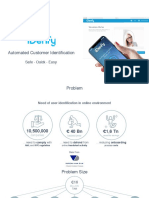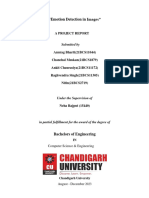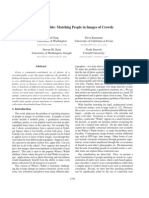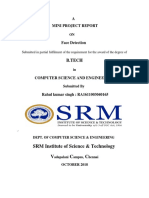0% found this document useful (0 votes)
143 views11 pagesMark Zuckerberg's AI Home Project
Mark Zuckerberg built a simple AI named Jarvis to control his home like the AI in Iron Man. He connected different home systems like lights, music, security cameras. This required reverse engineering APIs. He added natural language processing so he could talk to Jarvis by text or voice. Jarvis uses face recognition to identify friends at the door and let them in. Zuckerberg can communicate with Jarvis from anywhere using a Messenger bot. He found that he prefers texting Jarvis to speaking with it due to privacy and control over when to engage.
Uploaded by
Avro SahaCopyright
© © All Rights Reserved
We take content rights seriously. If you suspect this is your content, claim it here.
Available Formats
Download as DOCX, PDF, TXT or read online on Scribd
0% found this document useful (0 votes)
143 views11 pagesMark Zuckerberg's AI Home Project
Mark Zuckerberg built a simple AI named Jarvis to control his home like the AI in Iron Man. He connected different home systems like lights, music, security cameras. This required reverse engineering APIs. He added natural language processing so he could talk to Jarvis by text or voice. Jarvis uses face recognition to identify friends at the door and let them in. Zuckerberg can communicate with Jarvis from anywhere using a Messenger bot. He found that he prefers texting Jarvis to speaking with it due to privacy and control over when to engage.
Uploaded by
Avro SahaCopyright
© © All Rights Reserved
We take content rights seriously. If you suspect this is your content, claim it here.
Available Formats
Download as DOCX, PDF, TXT or read online on Scribd
/ 11






















